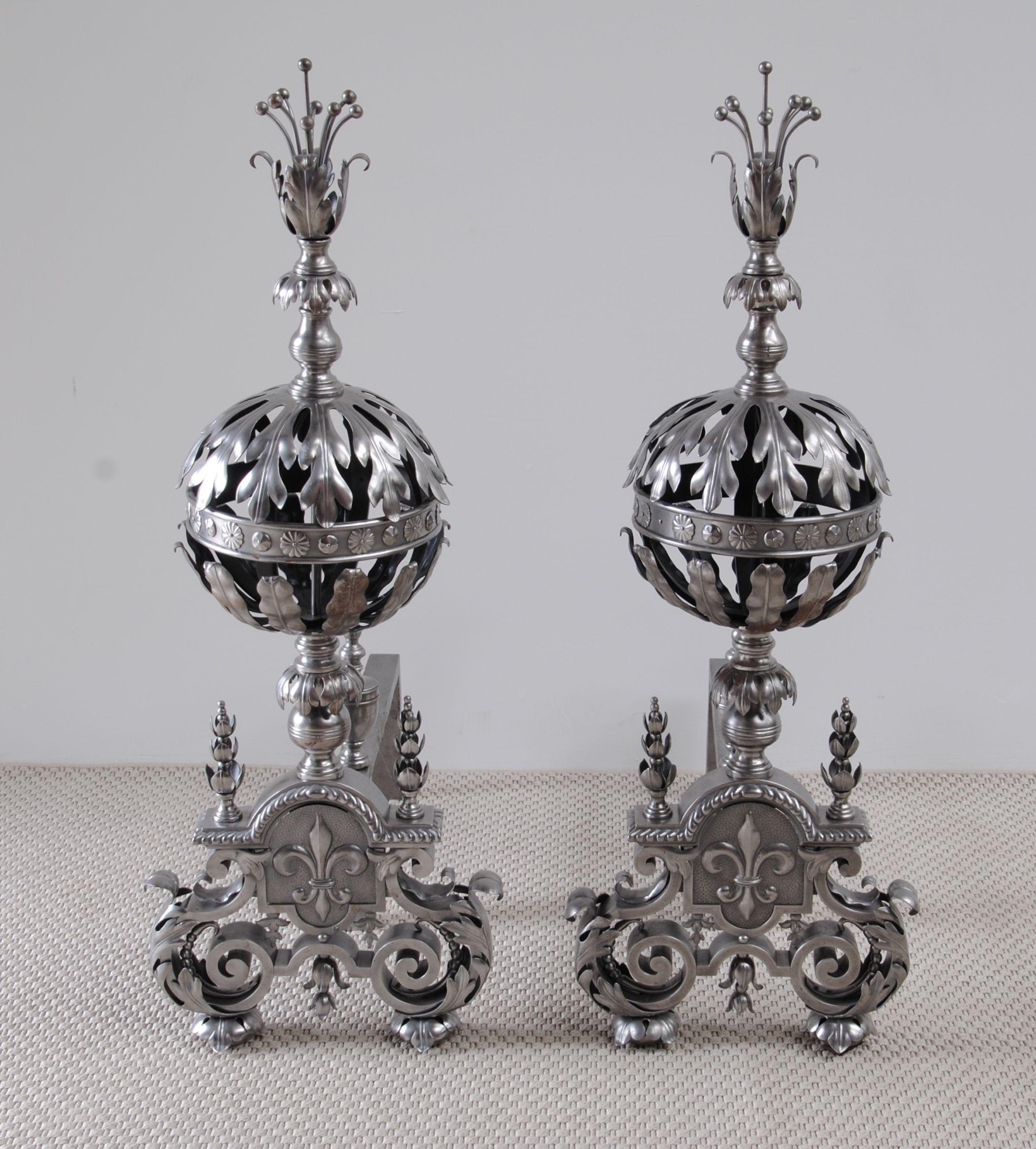Newton, Son & Berry

London
Worked from: 1830
The Newton family belongs to a tradition of globe making in Britain that dates back to Nathaniel Hill. One of Hill's pupils, Thomas Bateman (active 1754-81), an engraver and 'Master of Globe Makers', passed on the art of globe making to Newton. Newton's first globe is a revised edition of Hill's pocket globe of 1754. On a trade card of a design previously used by Hill, the partners Plamer and Newton called themselves globe makers and successors to the late Mr Bateman. The address, 128 Chancery Lane, is also Hill's old workshop. The partnership between Palmer and Newton did not last long; it ended in 1783 and John Newton continued to publish the pocket globe under his own name. In about 1800, he moved to 97 Chancery Lane, and 16 years later established himself at no. 66. By then, the second son of John, William Newton, had joined the globe making business, now trading under the name J. & W. Newton. About that time, a completely new series of globes appears to have been brought on the market and, in 1832, a 'Familiar introduction to astonomy...and the use of globes', written by William, was published to accompany the globes. From about 1831 until 1841, the firm, which was also active as a patent agency, was joined by Miles Berry, a civil engineer and patent agent. In 1838, William's eldest son, William Edward Newton joined the firm, followed in 1843 by his brother, Alfred Vincent. Their cousin Frederick also
London
Worked from: 1830
The Newton family belongs to a tradition of globe making in Britain that dates back to Nathaniel Hill. One of Hill's pupils, Thomas Bateman (active 1754-81), an engraver and 'Master of Globe Makers', passed on the art of globe making to Newton. Newton's first globe is a revised edition of Hill's pocket globe of 1754. On a trade card of a design previously used by Hill, the partners Plamer and Newton called themselves globe makers and successors to the late Mr Bateman. The address, 128 Chancery Lane, is also Hill's old workshop. The partnership between Palmer and Newton did not last long; it ended in 1783 and John Newton continued to publish the pocket globe under his own name. In about 1800, he moved to 97 Chancery Lane, and 16 years later established himself at no. 66. By then, the second son of John, William Newton, had joined the globe making business, now trading under the name J. & W. Newton. About that time, a completely new series of globes appears to have been brought on the market and, in 1832, a 'Familiar introduction to astonomy...and the use of globes', written by William, was published to accompany the globes. From about 1831 until 1841, the firm, which was also active as a patent agency, was joined by Miles Berry, a civil engineer and patent agent. In 1838, William's eldest son, William Edward Newton joined the firm, followed in 1843 by his brother, Alfred Vincent. Their cousin Frederick also
became a partner. The Great Exhibition of 1851 was a highlight in their business: globes from 1 to 25 in. were exhibited and a manuscript globe of six feet diameter won them a prize medal. By this time the firm traded as 'W. Newton & Son', sometimes without the 'W'. After the death of William in 1861, his two sons continued working under the same name. During the remainder of the nineteenth century, and well into the early part of the twentieth, successive generations of the Newton family joined and continued the business.
3 ITEMS



